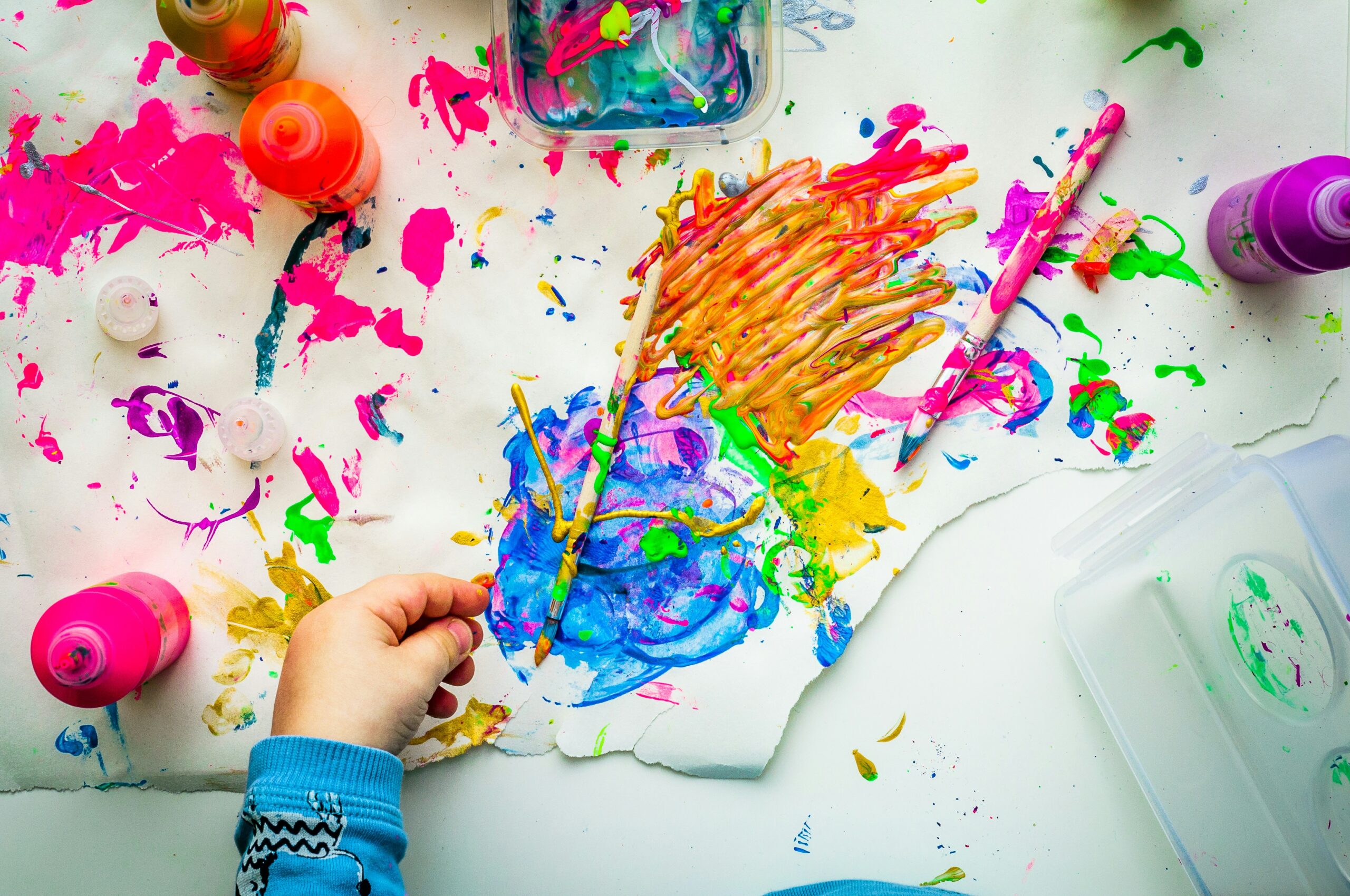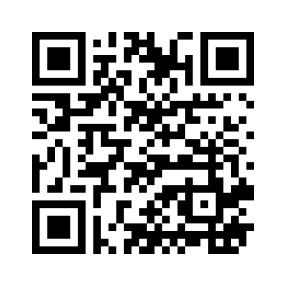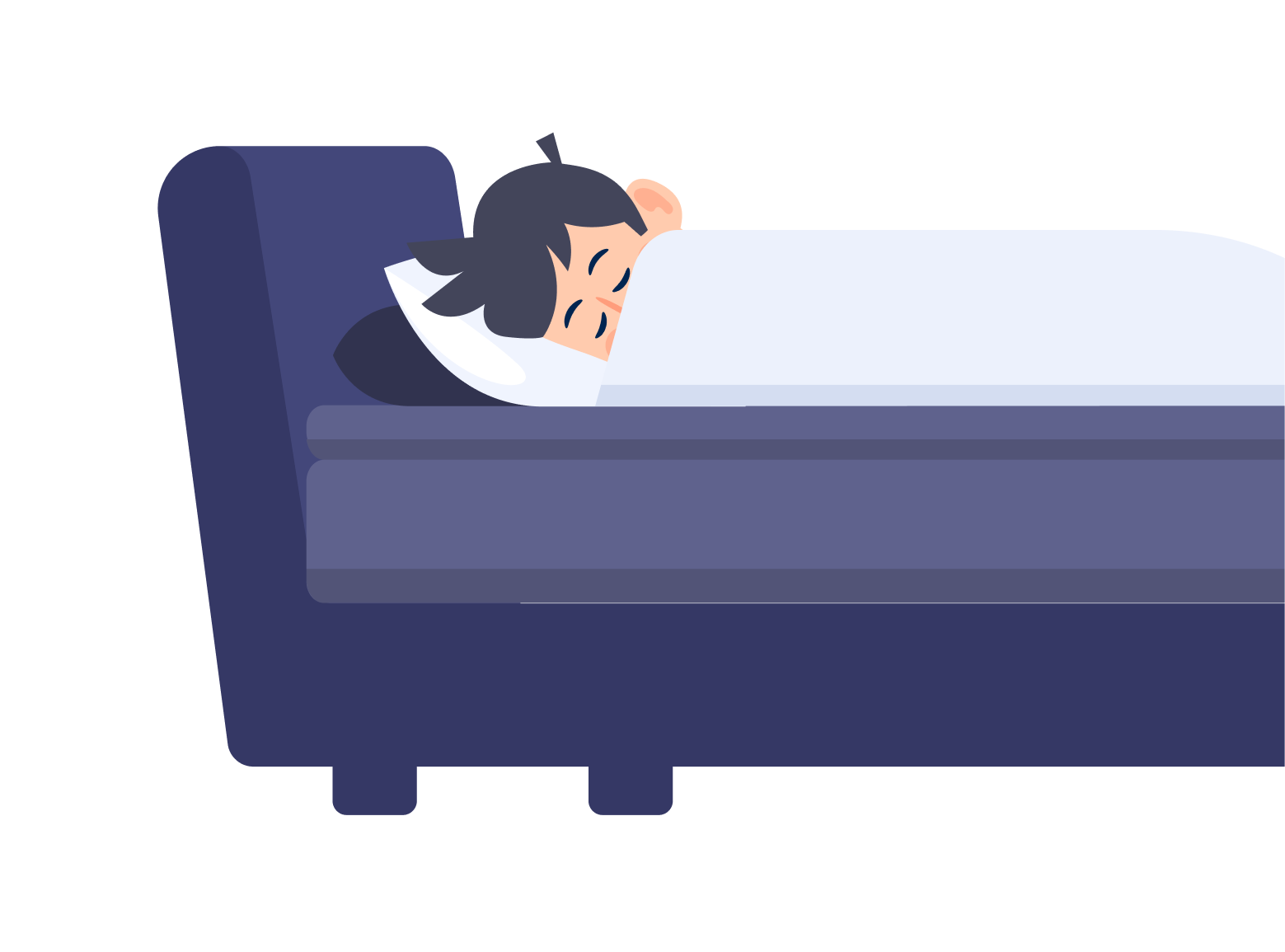Every night, your mind becomes a silent artist. While your body sleeps, your inner world comes alive—mixing memory, emotion, and imagination into vivid stories. Far from meaningless, dreams are a natural part of human creativity. They connect logic with intuition, reason with imagination, and fear with beauty. Understanding what dreams do for creativity can change the way you see your mind—and unlock a hidden source of inspiration within you.
Want to capture your most imaginative dreams before they fade? Try Dreamly — your intelligent dream journal on Android and iOS.
The deep science of dream creativity
During REM sleep—the stage when most dreaming occurs—your brain lights up in ways that resemble waking imagination. The prefrontal cortex, which governs logic and censorship, relaxes. Meanwhile, emotional and associative regions like the amygdala and hippocampus become highly active. The result: an unfiltered playground where memories blend with emotions and form new combinations. This is known as hyper-associative cognition—a process neuroscientists identify as a root of creativity.
Dreams connect distant ideas that your waking mind might never link. For instance, an architect might dream of waves that later inspire a curved building design, or a writer might dream of a conversation that reveals the perfect ending to a story. When logic sleeps, imagination wakes.
Studies from Harvard and MIT suggest that dreaming enhances creative problem-solving. After REM sleep, participants in experiments were more likely to find novel solutions, compose melodies, or develop metaphors. Essentially, dreaming reorganizes information in the brain to help you see things differently—and that’s the essence of creativity.
Famous creations born from dreams
Dreams have sparked countless works of art, music, and science. Paul McCartney woke up with the melody of “Yesterday” fully formed in his mind. Mary Shelley dreamt of a scientist reanimating life, which became Frankenstein. Dmitri Mendeleev saw the periodic table in a dream, and Salvador Dalí deliberately used naps to enter dreamlike states for inspiration. Even Einstein said that his theory of relativity was born from an image he saw in a half-dreaming state: himself riding a beam of light.
These examples reveal something profound—dreams are not distractions. They are creative rehearsals where the subconscious mind plays freely with raw materials that daytime logic would dismiss.
Why dreams boost creativity
- Freedom from logic: In dreams, there are no limits. The laws of physics and reason dissolve, allowing the mind to experiment with new forms, perspectives, and narratives.
- Emotional synthesis: Dreams weave emotions into symbolic stories, helping you process unresolved feelings and channel them into art or innovation.
- Problem-solving through metaphor: The subconscious loves symbols. When faced with a challenge, your dreaming mind transforms it into imagery—sometimes absurd, always revealing.
- Connection of opposites: Dreams unite the rational and irrational, the masculine and feminine, the known and the mysterious. This integration is the foundation of all creative work.
- Neural rejuvenation: REM sleep strengthens synaptic connections across the brain, increasing flexibility of thought and originality.
- Play and exploration: In dreams, you can take creative risks without consequence—experimenting in total safety.

Psychological meaning: the dream as creative rehearsal
From a psychological perspective, dreams serve as a theater of the self. Every night, your mind runs internal simulations—rehearsing emotional scenarios, confronting fears, and generating imaginative responses. Carl Jung viewed dreams as messages from the unconscious that balance the conscious personality. When you engage with them, you access forgotten parts of yourself—shadow, desire, intuition—and integrate them into a fuller sense of creativity.
Artists, musicians, and inventors intuitively know this. A dream image or phrase might become a painting, a film scene, or a business idea. The creative process mirrors the dream process: both require surrender, openness, and trust in the unknown. The more you learn to listen to your dreams, the more fluent you become in your own imagination.
Spiritual and symbolic dimensions of creative dreaming
Spiritually, many traditions describe dreams as messages from higher consciousness or the soul. The ancient Greeks believed dreams came from the gods. Indigenous cultures saw them as portals to guidance. In modern times, we can interpret them as transmissions from the deepest layers of the psyche. Whether divine or psychological, the symbolism remains powerful: to dream is to participate in creation itself.
Symbolically, dreams mirror the creative process. Both require surrender to flow—letting go of control to allow something larger to emerge. A recurring dream might point to a creative block; a vivid, colorful one may signal new inspiration arriving. By respecting these symbols, you open dialogue with the muse within.
How to use dreams to enhance creativity
Dreams are fleeting—but their insights can transform your waking life if you capture them deliberately. Here’s how:
1. Keep a dream journal. Write immediately upon waking. Don’t censor—record colors, feelings, characters, even fragments.
2. Track patterns over time. You’ll start to notice recurring symbols or storylines connected to your emotional and creative cycles.
3. Ask before you sleep. Pose a question: “What am I trying to express?” or “Show me a solution.” The mind often answers symbolically in dreams.
4. Translate imagery into creation. Turn dream symbols into poems, paintings, melodies, or concepts.
5. Reflect gently. Avoid overanalyzing. Let intuitive meaning arise. Sometimes the insight appears days later.
6. Share selectively. Discussing dreams with trusted friends or collaborators can spark new interpretations and ideas.
7. Sleep consciously. Maintain good sleep hygiene. A peaceful mind creates fertile ground for meaningful dreams.
The neuroscience of incubation and insight
Dream incubation—a practice where you intentionally think about a problem before sleep—has been studied by cognitive scientists for decades. Results show that the mind continues working overnight, and REM dreaming provides breakthroughs. This is because during sleep, the brain detaches from external stimuli and rearranges memory networks, allowing insight to emerge naturally. What seems like “inspiration” is often the fruit of unconscious reorganization.
In other words, dreams think in symbols, not sentences. If you learn to interpret their visual language, you gain access to a creative intelligence beyond logic.
Turning night imagery into daylight creation
Every dream is a mirror of the soul’s creative potential. Nightmares reveal tension that wants to become transformation; fantasy dreams show desires ready to manifest. By writing and reflecting, you transform chaos into order, fear into narrative, emotion into art. Over time, this practice builds confidence in your intuition—the ultimate fuel for authentic creativity.
When you treat your dreams as creative partners rather than random noise, you build a lifelong relationship with inspiration. Many users of Dreamly describe noticing patterns: dreams becoming brighter, more coherent, and aligned with their real-world goals. Awareness breeds clarity—and clarity breeds creation.
Where Dreamly fits
Dreamly is your bridge between the sleeping mind and waking creativity. Record dreams instantly, tag themes like “inspiration,” “color,” or “flow,” and watch your emotional and imaginative patterns unfold visually. Dreamly’s AI interpretation helps reveal the deeper meaning behind recurring images—so your subconscious becomes an ally, not a mystery. Over time, you’ll see how your inner world guides your artistic and emotional evolution.
Conclusion
Dreams are the birthplace of creativity. They dissolve barriers between logic and emotion, awaken imagination, and transform chaos into meaning. Each night, your subconscious rehearses the creative act—testing, playing, inventing. By honoring your dreams through journaling and reflection, you awaken the most authentic artist within you. Creativity is not something you force; it’s something you remember—and dreams are the key to remembering.
Ready to awaken your inner muse? Start Dreamly — your intelligent dream companion — on Android or iOS.








